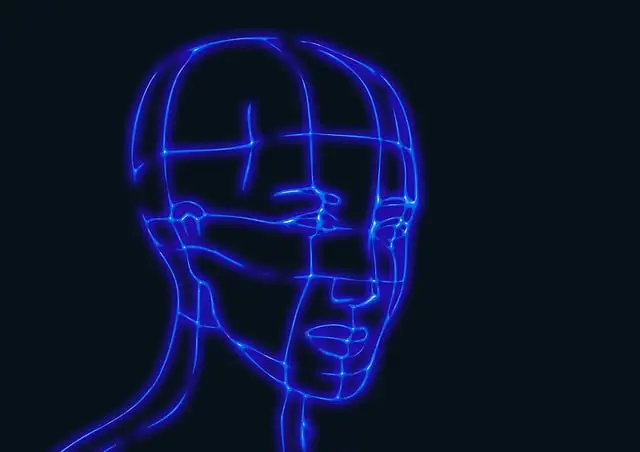Kratom, derived from the Mitragyna speciosa plant and traditionally used in Southeast Asia for its sedative properties, is being explored as a natural remedy for insomnia, particularly in individuals with sleep apnea. Its active alkaloids may improve sleep quality by interacting with brain receptors, potentially reducing nighttime awakenings and enhancing deep sleep. While kratom strains like Bali, Indo, and Maeng Da have different dosage recommendations—Bali and Indo at 4 to 8 grams, and Maeng Da at a lower range of 2 to 5 grams—it's crucial to approach its use with caution due to individual differences in sensitivity and the risk of dependency and withdrawal. The FDA has issued warnings regarding kratom's potential risks and interactions with other medications. Therefore, medical supervision is critical when considering kratom as a treatment for insomnia associated with sleep apnea. Current research is evaluating kratom's efficacy and safety in this context, emphasizing the importance of using high-quality, lab-tested products from reputable sources to ensure safe use. A holistic approach that includes kratom should be complemented by lifestyle changes and adherence to recommended dosing practices for optimal results, always under the guidance of a healthcare professional.
sleep apnea and its associated challenges often require a multifaceted approach to manage symptoms and improve quality of life. This article delves into the intersection of sleep apnea and kratom, examining how this botanical substance can offer relief from insomnia associated with the condition. We will explore the various strains and dosages of kratom that may aid in better sleep, and provide insights on integrating it into a holistic treatment regimen safely and effectively. Discover the potential benefits of kratom for insomnia in the context of managing sleep apnea.
- Unraveling the Connection Between Sleep Apnea and Kratom: A Comprehensive Guide
- Exploring Kratom Strains and Dosages for Effective Insomnia Relief in Sleep Apnea Patients
- Integrating Kratom into a Holistic Sleep Apnea Treatment Plan: Safety, Considerations, and Best Practices
Unraveling the Connection Between Sleep Apnea and Kratom: A Comprehensive Guide

Understanding the intricate relationship between sleep apnea and kratom can be pivotal for individuals seeking effective treatments for their sleep disturbances. Kratom, a plant originating from Southeast Asia, has gained attention for its potential impact on insomnia, including cases associated with sleep apnea. The alkaloids found in kratom leaves are believed to influence the brain’s receptors, potentially offering sedative effects that could help those with sleep apnea achieve more restful sleep. For sufferers of obstructive sleep apnea (OSA), the interruption of breathing during sleep due to airway obstruction can lead to fragmented sleep and persistent fatigue. Kratom for insomnia, specifically strains with higher levels of hydroxymitragynine, may provide relief by promoting better sleep quality and reducing the number of awakenings throughout the night. However, it’s crucial to approach the use of kratom with caution, as its effects can be dose-dependent and individual responses can vary significantly. Medical professionals should guide individuals in integrating kratom into their treatment plan for sleep apnea, considering its regulatory status and potential side effects. Additionally, ongoing research continues to explore the efficacy and safety of kratom in addressing sleep apnea symptoms, offering hope for those who struggle with this chronic condition.
Exploring Kratom Strains and Dosages for Effective Insomnia Relief in Sleep Apnea Patients

Kratom, derived from the leaves of Mitragyna speciosa, has garnered attention in the realm of natural remedies for sleep disturbances, including insomnia in individuals with sleep apnea. When considering kratom for insomnia relief, it’s crucial to explore the various strains and their recommended dosages, as they can significantly influence the efficacy and quality of sleep. The Bali and Indo strains are known for their sedative properties, which may be particularly beneficial for those experiencing difficulty falling asleep or staying asleep due to sleep apnea. Typically, a moderate dose of these strains, ranging from 4 to 8 grams, can promote relaxation and drowsiness without the next-day grogginess often associated with pharmaceutical sleep aids.
In contrast, the Maeng Da strain is another potent option for addressing insomnia, offering a balance between stimulating and sedative effects. The optimal dosage for Maeng Da is generally lower than that of Bali or Indo, with 2 to 5 grams recommended for sleep. It’s essential to note that the effects of kratom can vary based on individual tolerance, metabolism, and the specific batch of kratom. Users should start with a low dose to gauge their response and gradually adjust as needed, always adhering to safety guidelines and consulting with healthcare providers to avoid any potential interactions with other medications. Additionally, due to the varying legality and purity of kratom products, patients with sleep apnea interested in exploring kratom for insomnia should prioritize high-quality, lab-tested kratom products from reputable sources.
Integrating Kratom into a Holistic Sleep Apnea Treatment Plan: Safety, Considerations, and Best Practices

Individuals grappling with sleep apnea often seek comprehensive treatment plans that go beyond conventional therapies. One alternative that has gained attention for its potential to alleviate insomnia associated with sleep apnea is Kratom. Kratom, a plant-based substance derived from the leaves of Mitragyna speciosa, interacts with the brain’s opioid receptors and can influence sleep architecture. When integrating Kratom into a holistic treatment plan for sleep apnea, it is imperative to consider safety and efficacy. The most effective strains for insomnia are typically those rich in alkaloids like mitragynine and 7-hydroxymitragynine, which can promote relaxation and help users attain deeper, more restorative sleep.
However, it is crucial to approach the use of Kratom with caution. The U.S. Food and Drug Administration (FDA) has issued warnings about the potential risks associated with Kratom, including dependency, withdrawal symptoms, and interactions with other medications. Users should consult with healthcare providers before incorporating Kratom into their treatment regimen, especially if they have pre-existing health conditions or are taking prescription medications. Additionally, adherence to recommended dosages is vital to mitigate side effects and ensure the safety of its use. A holistic approach to sleep apnea that includes Kratom for insomnia should be complemented with lifestyle modifications such as regular physical activity, stress management techniques, and avoidance of sedatives or alcohol before bedtime. By considering these best practices and safety measures, individuals can explore the benefits of Kratom while managing their sleep apnea more effectively.
Kratom’s potential role in addressing sleep apnea and its associated insomnia presents a promising avenue for those seeking alternative treatment strategies. This guide has uncovered the intricate connection between sleep apnea and kratom, offering insights into effective kratom strains and dosages that may aid in insomnia relief specifically for sleep apnea patients. Integrating kratom responsibly into a holistic treatment plan, while considering safety and individual health factors, can be a valuable component of overall care. It is crucial to consult healthcare professionals before incorporating any new treatment into your regimen to ensure it aligns with your unique health needs and does not interfere with other treatments or conditions. With informed use and proper medical guidance, kratom for insomnia associated with sleep apnea could be a beneficial addition to one’s wellness plan.






